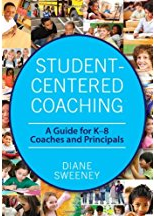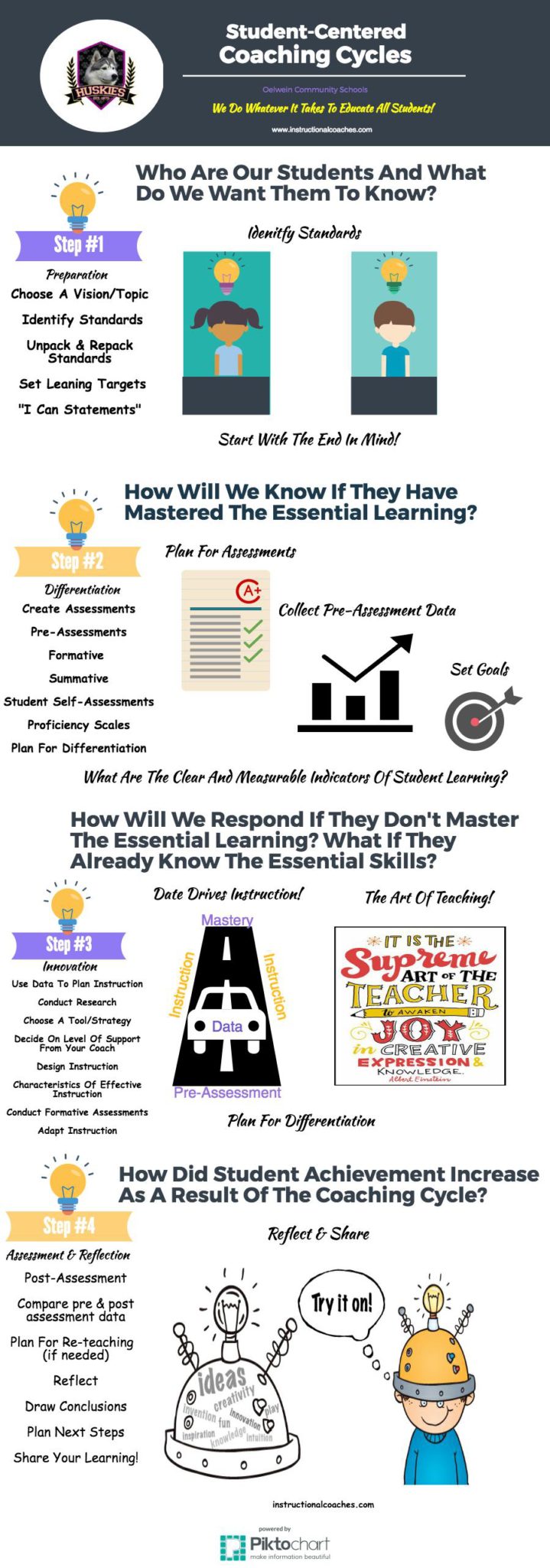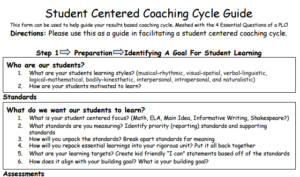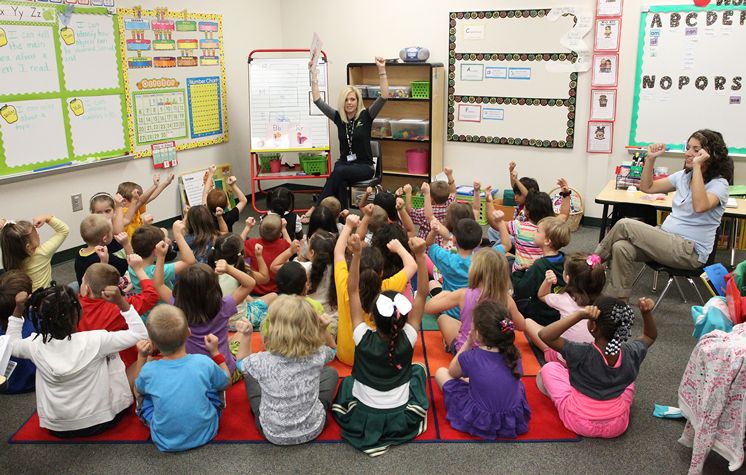
Are you new to instructional coaching? Have you started conducting coaching cycles? Try implementing student-centered coaching cycles using a student-centered coaching cycle guide. Student-centered coaching cycles are based off of the book called, Student-Centered Coaching by Diane Sweeney. Student-Centered Coaching introduces a new way of looking at and delivering school-based coaching across grades K-12 that puts the needs of students’ front-and-center. By focusing coaching on specific goals for student learning and student data, rather than on changing or fixing teachers, a coach can navigate directly towards a measurable impact and increased student achievement.
Components of Coaching Cycles:
- 4-6 weeks long
- 1-3 times per week in the classroom during instructional time
- 1 weekly planning conversation (35-45 minutes long)
Student-centered coaching is a great framework to use to take the pressure off of both the teachers and the coaches. Student-centered coaching focuses on using student data to drive instructional decisions. Pedagogical changes are made according to student needs. Student data is used to focus on differentiation techniques and the art of teaching. As we know, EVERY student has special needs. No two students are exactly alike. They learn at different rates and have different abilities. It’s time we adapt our teaching to fit the needs of every individual student, not just the students with “special needs”, to throw out the one size fits all framework to teaching and focus on doing whatever it takes to educate all students (our school district’s mission statement).
It’s time to gently push your teachers outside of their comfort zones for the benefit of student learning. Our job as an instructional coach is to get teachers to think outside of the box. (P.S. Don’t be surprised if you only get a toe outside of the box, consider it a success)!
Check out my other coaching cycles and learning labs here!
Goals Of Student-Centered Coaching:
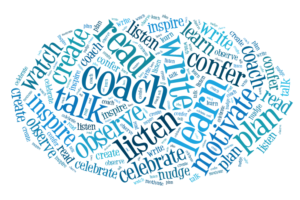
7 Core Practices For Student Centered Coaching
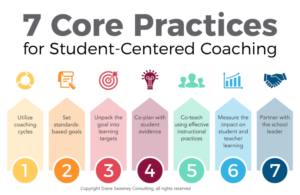
1. Setting goals for coaching cycles:
Goals should be student-centered, standard focused, set by the teacher and focused on student pre-assessment data. Data should drive your instructional decisions.
2. Using standards-based learning targets:
A Learning Target is… A goal for students derived from standards, written in concrete, student-friendly language, tracked by students and teachers to assess growth and achievement, about learning, not a task and easily measurable.
3. Using student evidence to co-plan instruction:
Anything that makes student learning visible, performance assessments such as; reading and writing tasks, discussions with students, conferring notes and student work samples. Student Evidence usually doesn’t include… summative assessments from the back of the book, bubble in assessments, tasks that don’t involve reading, writing, or solving problems, tests!
4. Organizing coaching through cycles:
Qualities of Coaching Cycles: Ongoing, aligned with standards and curriculum, focused on a goal that is set by the teacher, incorporates best instructional practices, incorporates co-planning and co-teaching.
5. Co-teaching with a focus on effective instructional practices:
There are 6 models of co-teaching including: one teach/one observe, one teach/one assist, parallel teaching, station teaching, alternative teaching and my favorite…… co-teaching! Make sure that the classroom teacher directs the coaching cycle. Make sure that you are co-planning and co-decision making. Remember, it is their classroom and you are a teacher, not an administrator. Also, in order for the teacher to successfully adopt the learning from the coaching cycle they will need to “buy in” to the process and feel that their voice is strong throughout the process. If they feel that the coaching cycle was truly a joint learning experience, they are more likely to continue using the strategy.
I really like using the gradual release model so that teachers feel supported. We create a coaching cycle together, but the teacher continues with the strategy. I check in from time to time (more at the beginning of the release) to see how things are going to see if they want any more support. That way they don’t feel that it is just a dump and run (dump a strategy on them and leave with no support).
6 Models Of Co-Teaching Information
6. Measuring the impact of coaching on student and teacher learning:
Make sure that you are constantly evaluating the impact of your coaching cycle. Use student data to inform your decisions and drive instruction.
7. Partnering with the school leader:
Support from your administration is super important! Make sure that you are sharing your plans and communicating your process with your leaders.
Student-Centered Coaching Cycle Visuals
I have to admit, I am a visual learner so, I created this visual of what student-centered coaching looks like in my school district.
Click Here For Your Free Copy!
Student-Centered Coaching Tool: Diane Sweeney
The results based coaching tool is a must use tool in conducting student-centered coaching cycles. It really helps keep things focused and lays out the process nicely. I really like the teacher and instructional coach reflection that has been recently added to this tool. I believe that reflection is a MUST when growing as a teacher/coach. My coaching partner and I took the results based coaching tool from the book Student-Centered Coaching and tweaked it to fit our student-centered coaching cycles. Below is an example of the student-centered coaching tool that I completed with a 5th-grade teacher on the topic of informative writing. 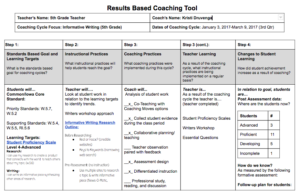
Click here for a better view of this completed tool
Student-Centred Coaching And PLC’s
The book Learning By Doing by Rick DeFours is AMAZING and has become my educational bible of sorts. It literally sets out a step by step guide that walks you through working with PLC’s with a focus on standards, assessments, instruction and alignment. I couldn’t do what I do without it!
Our student-centred coaching cycles are based on Rick DeFour’s 4 Essential PLC questions.
- Who are our students and what do we want them to know? (Standards/learning targets)
- How will we know if they have mastered the essential learning? (Formative/Summative Assessments)
- How will we respond if they don’t master the essential skills? (Innovation & Differentiation)
- How will we respond if they have already mastered the essential skills? (Differentiation)
What forms do you use in student-centred coaching cycles? Please leave a comment. I would LOVE to learn about other tools.
